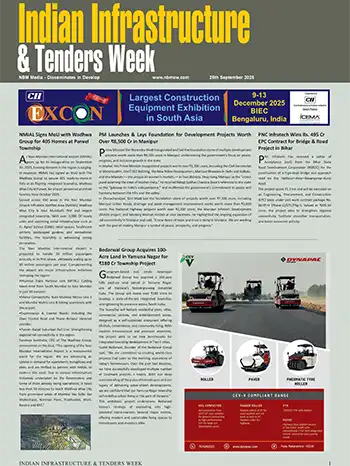We cannot boast of being citizens of Swacch Bharat by simply cleaning our homes without caring for the garbage that we are throwing out. Keeping in mind the health and environmental hazards created by garbage lying in the open on streets, and outside residences, schools etc, we should put an extra effort to manage waste at source. By segregating waste, we reduce air, water and soil pollution, prevent diseases, save wildlife, and have a cleaner environment.
Our scriptures and our ancestors have a lot to teach us. Cleanliness was the foremost requirement and waste management was a defined activity. Wet waste was mostly food waste which was kept outside for feeding stray animals. Dry waste was segregated and given to the kabbadiwalas. Today, people are dumping their garbage outside their homes, which is left to be managed by people who have little knowledge of the harmful effects of handling garbage and no protection whatsoever.
The waste generated at the domestic level is bio-degradable, non-bio-degradable, and hazardous. Bio-degradable waste is wet waste, generated in the kitchen as vegetable and fruits peels, tea leaves, eggshells, etc. Dry waste comprises of plastic, glass, cans, cardboard, paper plates, cups, bottles, newspapers, magazines etc and is non-biodegradable. Dry waste once mixed with wet waste, cannot be recycled.
To bring a sustainable change in the environment, we will have to create an environment of self-discipline
Neelam Gupta, Director, Chembvin Industries
Composting food waste is easy and is both art and a science. It’s an effective way to reduce household wet waste and transform it into rich, fertile soil/manure. Using a compost bin saves waste going to landfills and saves money on buying compost and chemical fertilizers for potted plants and gardens.
Bins can be used to throw kitchen waste which will easily decompose. Or a compost pit can be dug in the backyard or between rows of existing flower beds for the waste to turn into compost and used as natural manure, which is not easily available in cities. Chemical manure is very harmful and is the cause of many diseases. Bins can be installed as per the quantity of waste to be generated. These are available in many colours and range between 40 to 100 litres. Bins of 500 litres are recommended for housing societies and hotels. For a family of 4-6 people, a 40-litre bin is sufficient, but a house will need two bins. These ready to use bins are sturdy, washable, and durable.
Garbage chutes in residential and commercial buildings are an efficient, simple, safe and hygienic way to dispose and organize garbage for recycling. As is the practice in many countries, it is common in high-rise buildings to have two chutes, which are accessible by every apartment in the building. One chute is to drop wet waste and the other for dry waste. Often the bottom end of the chute is placed above a large waste receptacle to make garbage collection more efficient. However, the concept of chutes has not caught on in India. This facility should be incorporated at the design stage of a mid– or high-rise building.
The greatest threat to our planet is the belief that someone else will save it. Let’s join hands to save our Mother Earth by segregating waste at source.
















